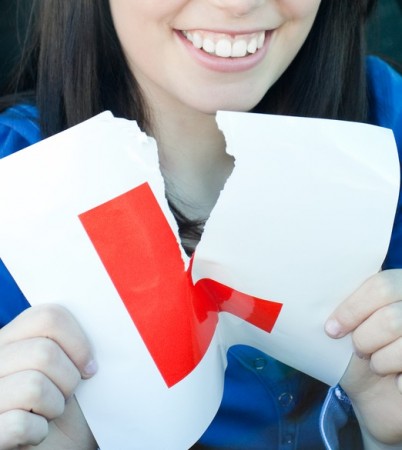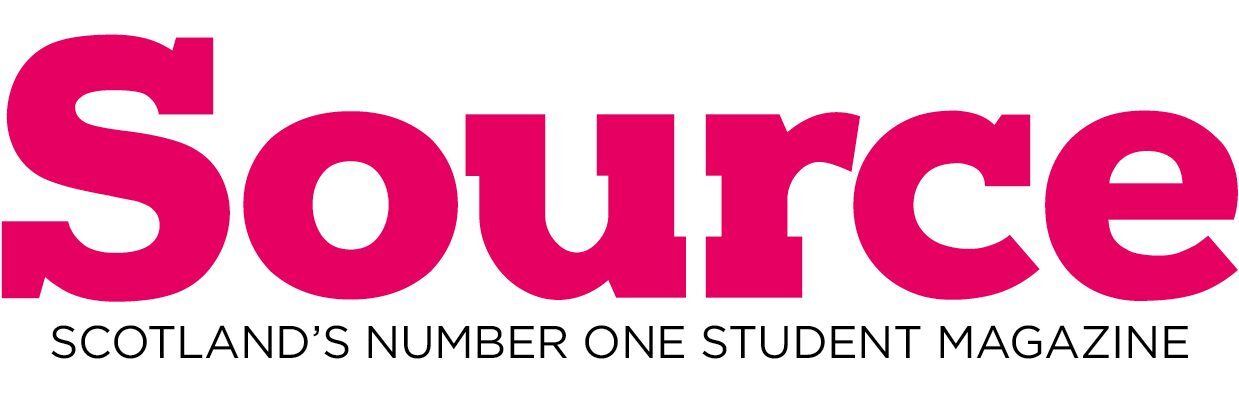 It’s been four-and-a-half years since I heard those immortal words: “You’ve passed.”
It’s been four-and-a-half years since I heard those immortal words: “You’ve passed.”
Finally, I was trading in my green provisional licence for a snazzy pink alternative and freedom to take to the road. And I really mean finally – I had my first driving lesson on my 17th birthday. I was 24 by the time I passed.
Just to clarify, I didn’t have seven (and a half) years of lessons. I won’t tell you how many I did have, mostly because I lost count, but I did have a five-year break in the middle somewhere. Just to defend myself. It did, however, take me until my fourth attempt to get it right, with eight minor faults. Much better than my first attempt with sixteen minors and, er, two majors.
So, as someone who clearly knows the process inside out, here are my top tips for driving test success…
Don’t book your test unless you feel ready
I booked my first driving test because I thought it was about time I did. There was no way I was ready to fly solo, but after a year of lessons and all my friends passing with flying colours I thought, “Better get a move on.” Massive mistake. Take it at your own pace – don’t rush it. Some people pass their test after a handful of lessons, others take 100. It doesn’t make you a better or worse driver.
Don’t be afraid to switch instructors
If you find you aren’t moving forward with your instructor, you can switch to someone else. I had three. The first, I picked because I liked her car and left because she was a lunatic (who makes a never-been-behind-the-wheel learner driver tackle a massive roundabout at rush hour?!), the second was a really pleasant lady but she did a lot for me rather than letting me do it myself, and the third was the calmest man in the universe who could see within two seconds that my confidence was the problem and focused on developing that.
Speak up
If there’s anything you aren’t sure of on your lessons, tell your instructor. I sat for months pretending I knew exactly what my instructor was talking about when she was telling me what I should see in the mirror for my reverse corner, when in reality, I didn’t have a clue. Don’t worry about looking stupid – they’ll have heard it all before.
Practice makes perfect
If you can get out to practise between lessons with a friend or relative (who’s held their licence for three years and is over the age of 21, with some attractive L-plates and insurance in place), do it. It really helps.
Be prepared
Your manoeuvres are really important to get right – you’ll fail your test if you fluff them, so make sure you know them inside out. Saying a little prayer for a turn in the road, without a doubt the easiest of the bunch, is another option, but the driving test gods aren’t always smiling on you with that one. Don’t rely on luck to get you through. Also, make sure you’re confident in driving on different types of road, from single-track to dual carriageway, and in different conditions. My instructor took me out to drive on ice one day. A mildly terrifying experience, but I know what to do if I skid.
Keep calm
The one thing that destroyed me each time was nerves. I’d get twitchy-leg-itis doing manoeuvres, lose the ability to communicate, break out in a cold sweat as we approached the car, forget what the difference was between a reverse-round-the-corner and parallel park and generally lose it. This doesn’t help anyone. It’s important to remember that the examiner isn’t there to trip you up, and that you DO know what you’re doing. Rescue Remedy is a great nerve-calmer pre-test.
Remember the theory
You know that crazy test they make you do before you sit the practical one? The one where you sit at a computer, answer some multiple choice questions, do a bit of clicking on a mouse? That’s actually important and can be quite helpful to revise again before you practical. The examiner won’t quiz you on it, but he or she also won’t point out things like road signs, speed limits and road markings – you have to understand them for yourself and take appropriate action.
The little things
Mirrors! Signals! Distance from parked cars! Check your blind spot! The examiner needs to see you doing all these little things so make sure you know what’s going on around you at all times.
Keep cool
Ordinarily, I’m a very mild-mannered person. I’ve been described as ‘lovely’ in the past (by someone who had only met me twice, but I’m going with it). But there’s something about a driving test which brought out my inner Malcolm Tucker. I can’t repeat what I said after I knew I’d messed up and decided I didn’t want to do the stupid test any more, but it wasn’t ladylike. Don’t follow my lead – keep your cool. If it goes wrong, it goes wrong – and it might not always be a test-failing mistake so don’t assume the worst.
If at first you don’t succeed…
It is frustrating, but failing your test is not the end of the world. I did cry the third time I failed, because even my dopey best pal passed on her third attempt, but there’s no law out there that forbids you from sitting your driving test a million times. And when you do get it right? It’s the best feeling in the world, and it’s life-changing. I didn’t think I could love an inanimate object as much as I love my noisy red Peugeot Nelly, but I do.
Don’t forget
Once you’ve been given the stamp of approval, it doesn’t mean you get to forget everything you’ve learned and do it your own way or start driving like a maniac to impress your mates. Keep in mind everything you’ve been taught, because it will put you on the path to being a sensible, safe, responsible driver.
The best advice? Keep confident. If you believe you can do it, and you know your stuff, there’s no reason why you shouldn’t cruise through to fully-qualified driver status. Good luck!

